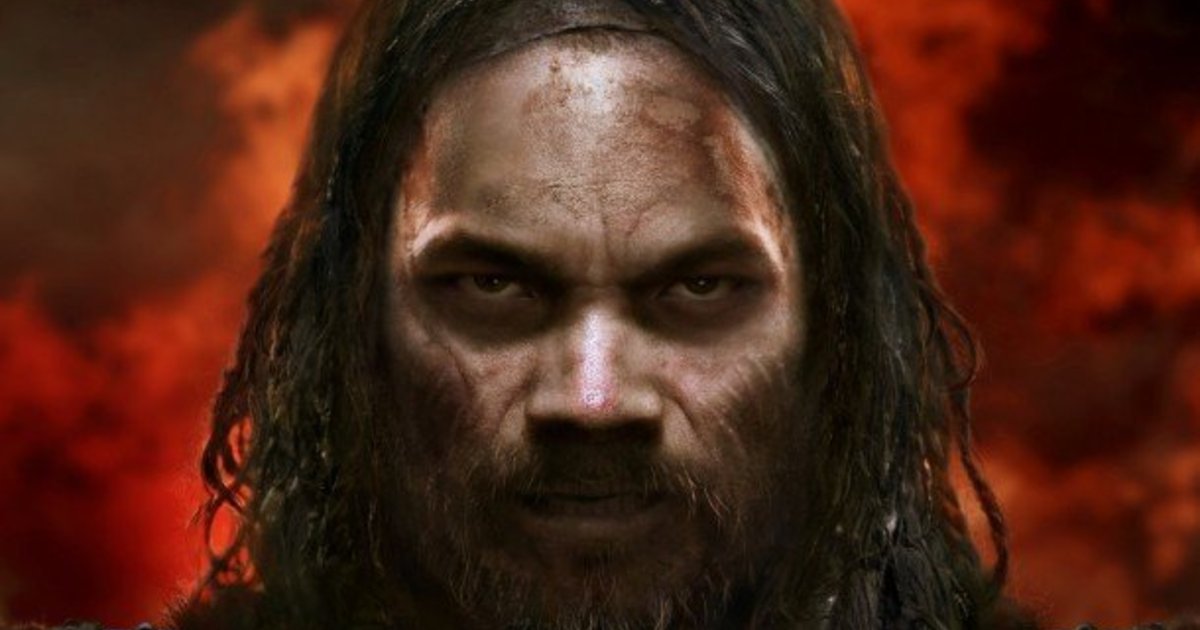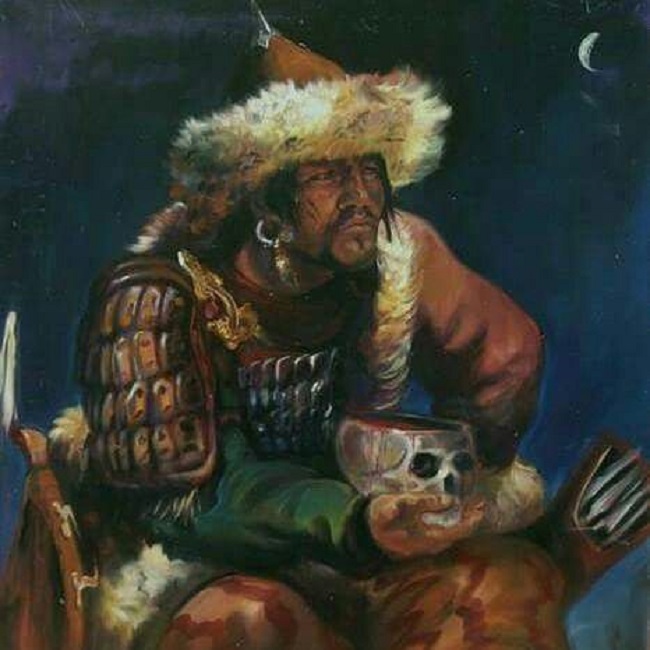


Attila, the Hun is not just a historical figure, but a legend all by himself. The Latin phrase Ego sum Attila flagellum Dei, which literally translates to “I am Attila, the scourge of God,” was popularized in 1387 to describe the barbaric tribal ruler. Famed for his lust for gold and love for conquering, Attila acquired a name in the same league as the dreaded Genghis Khan.

Image Source: www.pinterest.com
Attila was the ruler of the Eastern European nomadic tribes known as the Huns - he went on to become such a significant name in early European history, that he was referred to as The Hun. He gained a terrible reputation as a brutal and merciless invader, and some history books suggest that he ransacked and usurped Constantinople from his Roman kingdom, but that’s not entirely true. Here’s what you must know about the ruler of all Huns.
Attila’s reputation was not inherited - but acquired by relentless invasion. He was the only king from 434 AD-453 AD but went on to become one of the most feared rulers, especially among eastern and western European empires. Attila invaded and conquered the Balkans and also took Italy and Rome. He was one of the few early rulers who could manage to cross the Danube twice.

Image Source: www.pinterest.co.uk
Unlike what most people believe Attila did not have an impoverished childhood and was born in a financially comfortable household. In fact, Attila and his older brother Bleda received princely training and were taught Latin and groomed in archery and riding.
Image Source: tolkiensring.proboards.com
There have been very few trustworthy accounts of what Attila really looked like. But King Priscus’s records show that Attila was a short man, but had a wide chest and large head. He had small eyes, a thin black and grey beard and his skin was tanned, just like that of his kinsfolk.
Image Source: www.ayractakiler.com
Attila’s father Mundzuc was a clan Chieftain and was a brother to the Hunnish kings Octar and Ruga. After the death of Ruga, Attila and Bleda were left with the responsibility of the Hunnic empire.
Image Source: www.barnesandnoble.com
Attila killed his own older brother Bleda to acquire the kingdom left to them both. According to King Pricus’s accounts, Bled was assassinated by Attila, after a long conspiracy in 445 AD.
Image Source: wikimedia.org
In 447 AD, Attila attacked the Eastern Romans at the Battle of the Utus, after which he carried his famous Balkan invasion, which allowed him to create a solid Eastern European stronghold.
Image Source: www.thecypriotpuzzle.org
Attila was famously hungry for gold possessions, It is even said that the revenues collected by the Huns were mostly in gold, and it also fuelled his lust for gold.
Image Source: www.kazcoins.com
Despite being a despotic ruler, who is infamously and literally a gold digger, Attila had a shabby lifestyle. It was said that while he provided his guests with immense hospitality, he himself lived a simple life and ate on wooden plates.
Image Source: www.pinterest.com
In 450 AD, the sister of Attila’s biggest ally put him in a difficult position. Honoria, sister to the Roman Emperor Valentinian III, sent the Ruler of the Huns a ring. It served as her marriage proposal, as she requested Attila to save her from an unfortunate match to a greedy senator. Attila responded to Honoria’s request and married her.
Image Source: www.famousfix.com
Attila’s marriage to Honoria was not well received by Valentinian III, more so, as Attila stood to receive almost half of Western Rome as his dowry. that had been arranged for her. But the political tensions eventually calmed down, and Attila did acquire a huge part of Western Rome.
Image Source: www.history.com
Attila’s most famous wife, however, was the beautiful Ildico. After his successful invasion of Italy, Attila married Ildico, who was also his last wife.
Image Source: www.taringa.net
Attila died on his wedding night - due to severe nosebleed. Records show that after his nuptials to Ildico, he ate and drank excessively, and died the same night in his bed. His corpse was found the next morning, as Ildico wept at his feet.
Image Source: www.ancient-origins.es
Attila had six sons - Csaba, Ellac, Ernak, Dengizich, Erp and Eitil. After his death, the Hunnic empire was inherited by Ellac, Ernak and Dengizich, as they were deemed most worthy.
Image Source: twitter.com
Attila’s sons were sadly not even half as ambitious or fierce as their father. After Attila’s sudden death, the Hunnic empire fell in the hands of his unprepared sons, who were clearly not ready to manage this big an empire. The empire of the Huns gradually dismantled.
Image Source: www.ancient-origins.net
In January last year, a grand anonymous 5th-century tomb was found, which is thought to be Attila’s tomb. More so, as the Hun’s tomb was lost in time, and nobody could locate it.
Image Source: www.ferfibarlang.hu
Attila was buried like a king, and he was given a casket with an iron exterior, which was masked one of gold. He was buried with extensive riches, jewellery, gold and pottery.
Image Source: www.ancient.eu
The burial site at the Hungarian capital had many things, like weapons and old precious stones and artefacts. But the most important discovery was that of a long, iron sword. This sword is thought to be the legendary sword of Attila, the titled Holy War Sword of the Scythians.
Image Source: szerveto.com
Did you know how Attila treated the man who had come to kill him? When he discovered that the Romans had sent an assassin to kill him, he saved the mercenary from the gruesome fate that would have awaited him, had he been caught. Attila identified the man and sent him back to Constantinople, where he had come from. He gave the man a note addressing the Roman ruler, which demanded more tribute in exchange for this treason.
Image Source: www.howstuffworks.com
If you want to learn more about the history of the Huns, and the life and conquests of Attila, there are only a few books you can trust, which give a legit account. For instance, Attila the Hun, by Christopher Kelly has been hailed as a phenomenal read on the tribal king. Attila, the King of Huns by Patrick Howarth and William Napier’s Attila are good reads.
Image Source: www.amazon.com
Hollywood has not been able to do justice with Attila the Hun. From the 1954 movie by Pietro Francisci, or the funny stint in Ben Stiller’s Night at the Museum, Attila could never find his rightful place on screen. But a notable watch would be the 2001 mini-series called Attila, starring Gerard Bulter, as the king of Huns.
Image Source: www.romanarmytalk.com